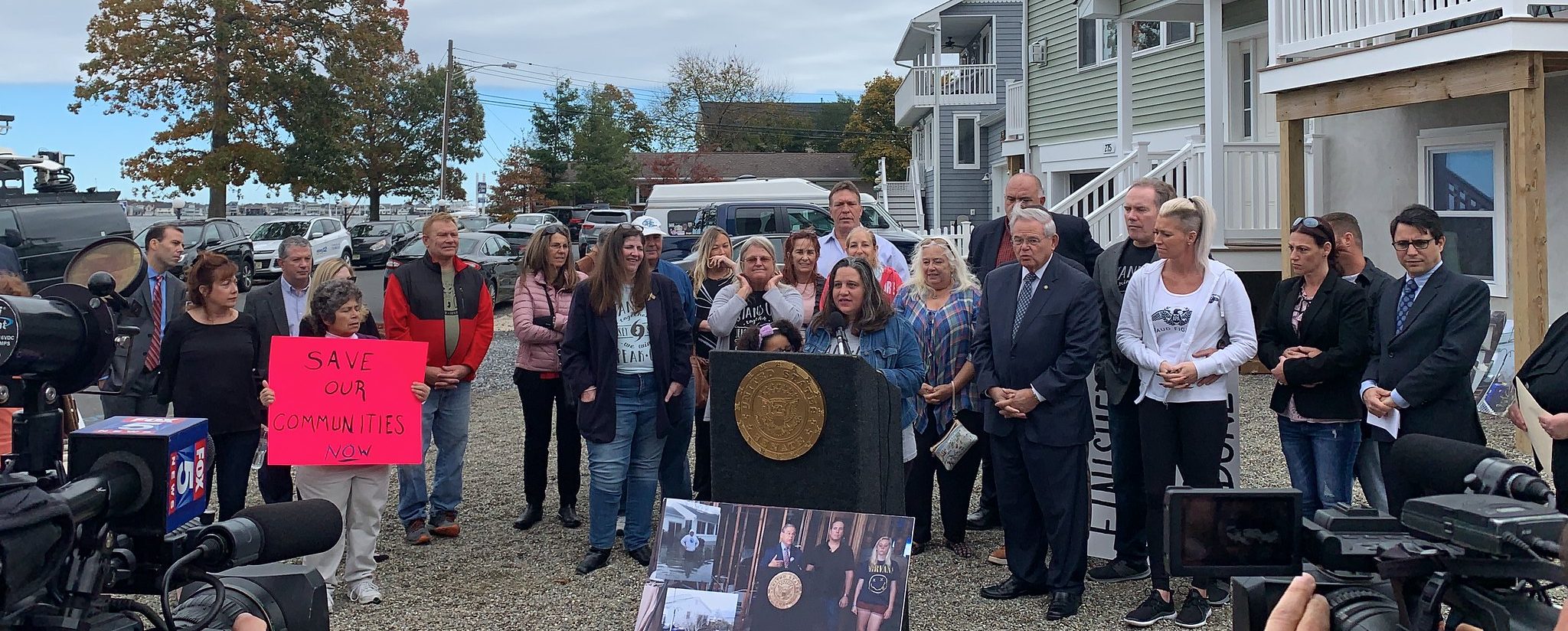Thanks to the tireless organizing of people with substance use disorder, their loved ones, and community members, New Jersey has been expanding access to the life-saving overdose-reversing drug, naloxone. However, access should be expanded even further through the use of free naloxone vending machines.
A number of cities have instituted this kind of program, including New York and Philadelphia, as well as Las Vegas, San Diego, Kentucky, and Detroit. We would like to see a portion of the $641 million in New Jersey’s opioid settlement funds be used to implement a similar program here in New Jersey.
Cities have adopted a number of different methodologies for making these vending machines free and accessible to people. For example, New York is partnering with the Fund for Public Health in New York, a nonprofit which has offered grants to harm reduction organizations to install them. The city is spending $730,000 to fund ten machines spread over all five boroughs to six contractors, all of whom are registered with the state of New York as an “opioid overdose prevention program” and who provide services directly to people who are drug users.
New York is also going a step further: five of the machines will also carry sterile syringes, free of charge. Contractors may also use their own funds to add other items such as safer smoking kits, condoms, and pregnancy tests.
In Philadelphia, anyone can access naloxone for free with a touch of a button. The two doses of naloxone are accompanied by gloves, a mask/face shield (in case rescue breaths are required), and instructions. The kiosks are available 24 hours and are monitored remotely by the Department of Health to keep them stocked. Upon utilizing one of these kiosks, there is an option to fill out a brief survey or skip it. There is also an emergency option in case someone is in the process of overdosing at that moment.
Unlike programs in Las Vegas (and some in Kentucky), there is no requirement to pre-register to ensure access in Philly. New Jersey should follow their lead.
Philly established their Narcan Near Me program in February 2022 in conjunction with Dispension Industries, a Canadian company who is piloting a program to dispense hydromorphone from the kiosks in Vancouver. In Canada, the goal of these kiosks is to manage a patient’s opioid dependence and protect them from fentanyl exposure and overdose. Whether there is political will to create such a program in the United States remains to be seen.
Wayne State University in Michigan installed 15 machines across the state, including one machine on its campus in Detroit. Unlike the tower machines in Philadelphia, these look like typical vending machines, but with no payment required. So far over 19,000 individual doses of naloxone have been distributed. The University wants to expand the program further and has applied for a grant from the state.
The question for these cities remains: has the program been successful so far? Charlie Nolan, a harm reduction specialist with the City of Philadelphia’s Department of Public Health, said, “I would say it’s pretty effective. It’s been accessed nearly 400 times since it’s been installed. I’m probably out restocking twice a week.”
One study concluded that using these vending machines to dispense naloxone and increase access to the drug will particularly benefit opioid users who are young adults (ages 18-30) in high risk and underserved populations.
Typical naloxone distribution efforts, such as through pharmacies, tend not to reach young adults. For this population, the convenience and the privacy of accessing the naloxone through vending machines led to increased naloxone use. Young people who participated in this study identified safety, lack of police presence, and low costs as important vending machine features.
The goal of any harm reduction method is to save lives. Only if people’s lives are first spared from overdose is there any possibility for them to choose treatment and recovery. Naloxone vending machines are an additional tool in the arsenal to do that, and are an appropriate use of the opioid settlement funds, whether this program receives three quarters of a million dollars such as in New York, or even more.

